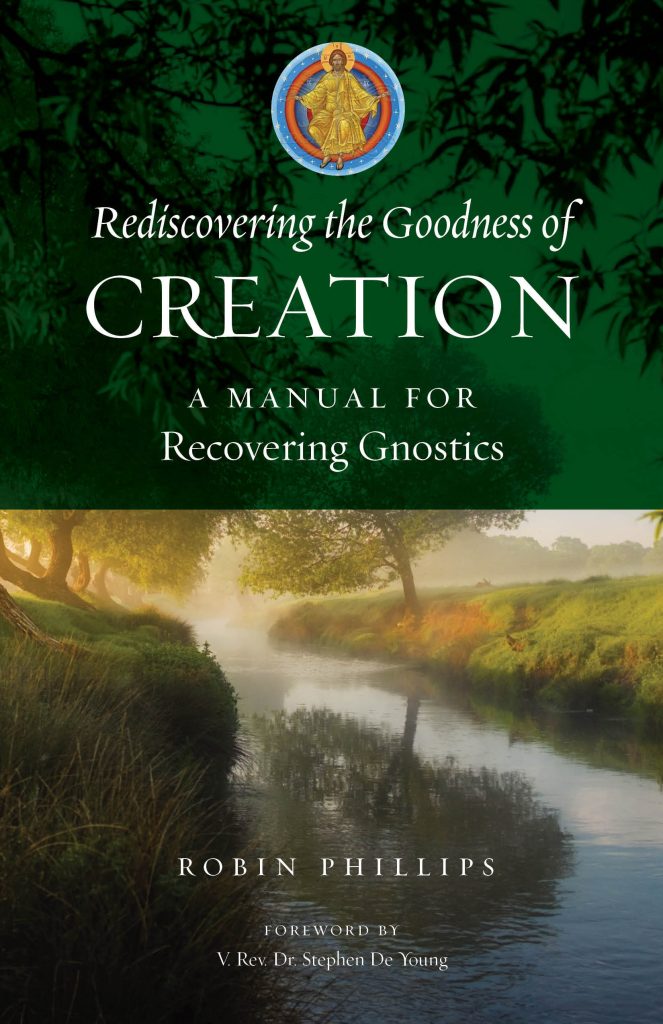Readers of this blog will know that I write quite a bit about art. One of the rewarding aspects of my recent project with Ancient Faith was the opportunity to tie together a Christian approach to art with the Biblical doctrines of creation, redemption, and eschatology – in a sense to offer the theological big picture in which our understanding of art must be properly situated. Here is a quote from chapter 15:
“Paradoxically, the art and artifacts that are most humanizing lift us beyond mere human nature, elevating us to what Burke called “the decent drapery of life . . . the superadded ideas, furnished from the wardrobe of a moral imagination, which the heart owns, and the understanding ratifies, as necessary to cover the defects of our naked, shivering nature.” When society denudes itself of all but the purely essential—in Burke’s words, throwing off the decent drapery of life—then pornography becomes the paradigmatic art form for all of society, revolving as it does around the reduction to bare essentials, so that only the brute facts of existence remain. This urge toward reductionism eviscerates the imaginative, the symbolic, the mysterious, and the graceful, leaving in their place only an economy of purpose in which we perceive all things as instruments and reduce all persons to function.
Caught in the pincer grip of materialism and the machine, modern humans are hungry for the sublime and the symbolic. Yet in the economy of purpose, where all value is tied to use, there can be nothing sublime nor symbolic, only efficiency or inefficiency in serving a function. The attempt to address this poverty by externally adding aesthetic qualities to the world (for example, Robert Venturi’s decorated sheds, spiritual places in airports, or mindfulness rooms in modern office complexes) is the ultimate parody of the sacramental vision, since it involves the jarring bifurcation of form and content and the conceit that we can layer spiritual-aesthetic nourishment on top of a world already disenchanted and de-symbolized.”


